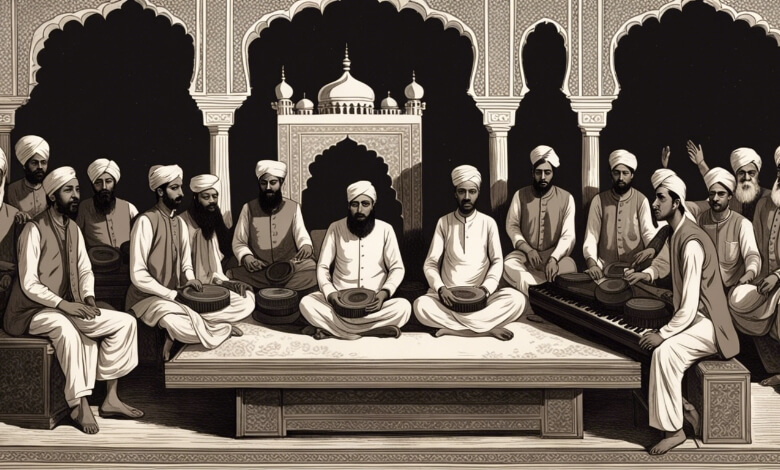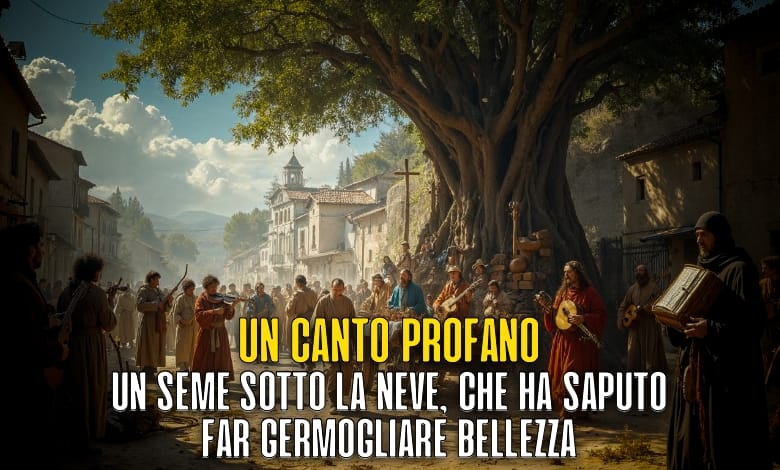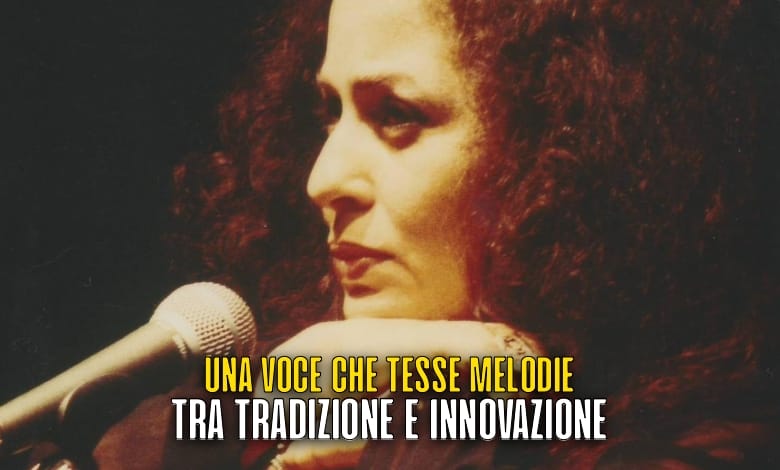Article index
Sources and musical traditions
The essence of Qawwali, a musical form strongly anchored to the spiritual practices of the Sufi, lies in its use as a tool to bring the individual closer to God. This musical genre stands out for its historical and spiritual roots that trace a path up to the IX century, when the first Arab musicologists, including Al-Kindi and Al-Farabi, began to recognize the influence of music on spirituality.
To fully understand Qawwali, it is essential to consider sufi practices, especially the ritual of Sama ', which provides practitioners with a means to transcend the boundaries of the physical world and focus attention on universal essence through music.
Origins and development of Qawwali
Qawwal originates from the Arab word "qaul", which can be interpreted as "proclamation" or "assertion", thus emphasizing the weight of words in music. This musical genre is usually brought staged to the sacred places dedicated to the Sufi, where the musicians, largely men, offer performances aimed at stimulating in listeners an experience as spiritual as mystical.
Qawwal music does not represent only a simple art form, but a religious rite that aspires to create a link between the participants and the divinity. Amir Khusrau , recognized as the "Patriarch of Qawwali", had a marked influence in shaping this musical genre in India.
Thanks to its original and brilliant introduction of popular musical elements in sufi poetry, he created a way that resonated with the people.
Spiritual function of Qawwali
In Sufism, music is considered a powerful tool that promotes the communication of metaphysical principles and arouses a desire for communion with the divine element. Sufi believe that through music it is possible to trigger a spiritual call that free from the attraction of the physical world.
The musical style Qawwali, often accompanied by ecstatic dances and movements, can lead those who participate in this ritual in reaching trance states. This allows them to live an intense experience of closeness to the sacred.
Qawwali is not linked to a specific language; It is sung in Urdu, Persian, Punjabi and other languages.
At the center of his lyrics there are themes such as love and the search for truth, pushing the faithful to overcome social barriers to establish direct contact with the divine aspect.
Performance and setting
Qawwal's performances often take place in sanctuaries or during religious festivals. A typical group consists of about eleven performers, with a main singer and tools such as drums and Harmonium.
The performance structure is designed to facilitate the connection between the musicians and the public, creating an atmosphere of collective participation.
Tools and techniques
Traditionally, Qawwal uses tools such as Dholak and Tabla, with the Harmonium that was introduced in the 16th century. The performances begin with a "Alap", a section without rhythm, which prepares the public for musical experience.
During the execution, the rhythm gradually increases, bringing listeners to a trance state.
Traditions and learning
The learning process of Qawwali is characterized by a jealously guarded secret, where the techniques are transmitted orally by the masters to the students. This esoteric aspect contributes to the depth and wealth of the Qaawwal tradition, making it not only a musical experience, but also a spiritual path.
Evolution and modernization
During the twentieth century, Qawwali has gone from being a ritual tradition to a commercial phenomenon, thanks to personalities such as Nusrat Fateh Ali Khan who made it known internationally. This change allowed the genre to reach a wider listeners, although it has raised issues concerning its authenticity and its spiritual impact.
However, the essence of Qawwali as a tool of devotion and spiritual expression has remained unchanged. In summary, Qawwali constitutes a meeting point between music, spirituality and culture, acting as a powerful vehicle for mystical experience and the link with the divine. Its historical evolution and its persistent relevance in the modern panorama demonstrate its fundamental role both in sufi practices and in global music.
To conclude Qawwal, it represents a fascinating intersection between music, spirituality and culture, acting as a powerful vehicle for mystical experience and the connection with the divine. Its historical evolution, from the origins rooted in sufi practices to its global diffusion in the twentieth century, demonstrates how this musical genre not only preserves tradition, but also suitable for modern times. His ability to transcend linguistic and cultural barriers, combined with its ritual and community function, underlines the importance of Qawwali as a form of living and dynamic art. In this way, Qawwali is not only a musical expression, but an authentic spiritual path that continues to inspire and combine people all over the world.
Read also the article: Cyccccchsgs: a new thought of improvised choral singing








